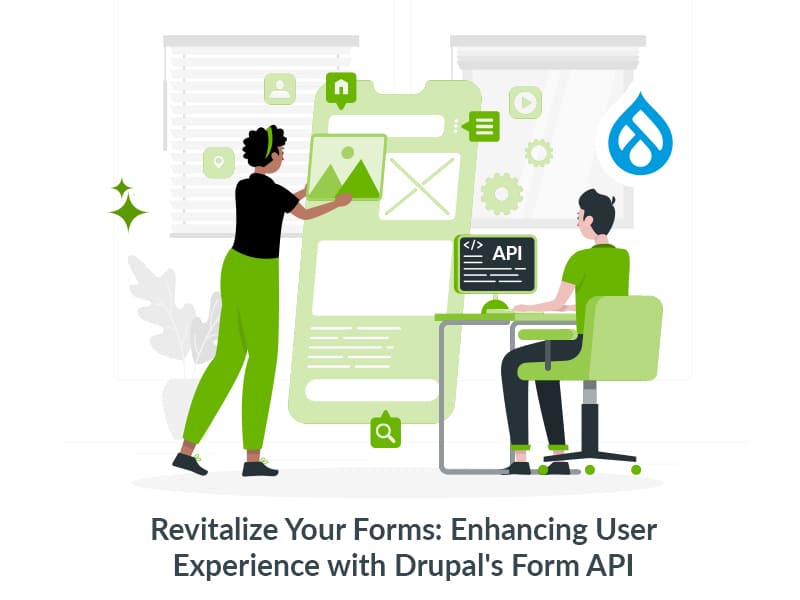Author:
Source
Sponsored:
Working in Public: The Making and Maintenance of Open Source Software - Audiobook

Unlock the Digital Creator Code!
Drupal Commerce is an open source eCommerce platform that natively extends Drupal to sell any type of product to anyone in the world. This includes sales of products that are customized at the point of sale, like an engraved piece of jewelry or an event registration. It also includes sales to B2B customers and others who require a configure, price, quote (CPQ) workflow to review and authorize a purchase.
This post explains the feature set at a high level with an example configuration.
Drupal’s data architecture
Supporting this feature set is Drupal’s data architecture, which lets the Commerce modules define new data types for entities like products, orders, order items, and more. These are defined with sets of base fields, and they can be extended further with custom fields as needed. (Read more about this subject at Drupalize.Me.)
For example, one of our merchants sells scuba equipment. While product variations include price and SKU base fields by default, this merchant added custom fields for the specifications of different models. This structured product information is then rendered to PDPs, displayed in product comparison charts, and exposed as facets in search interfaces to help customers find the right product.
When you add custom fields to an entity, you don’t just get to determine where and how they are displayed but also the form interface(s) used to input field data. You can control the number of values a field supports and the type of form element used to set those values (e.g., checkboxes, select list, free tagging textfield, etc.). For data types that support multiple form modes, like order items, you can also determine the context in which a particular field will be editable by a user.





